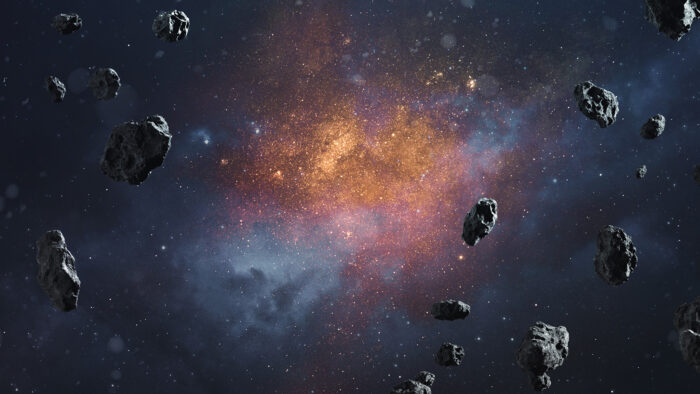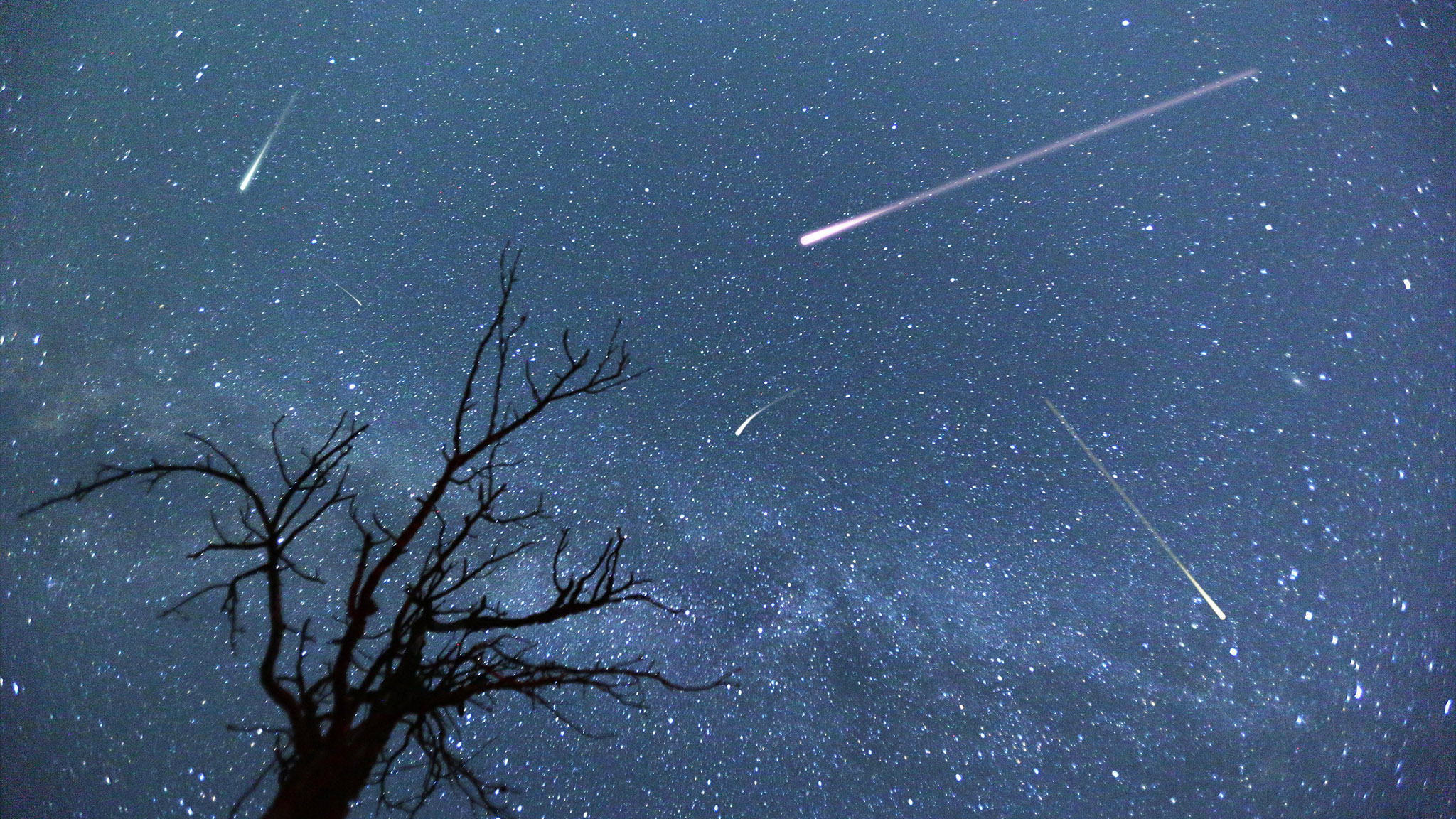We know a lot about the origins of the universe and how biology works in our little corner of it. But one thing we still don’t know for sure is how life originated on good old Terra Firma in the first place. Solid theories abound, but one that resurfaces time and again is panspermia — the idea that life hitched a ride here via space rocks from somewhere else entirely.
Panspermia isn’t universally embraced by the people who study such things, but it’s also not entirely discounted. The latest foray into the world of how, exactly, Earth went from a barren rock to the planet that produced Beyoncé is a paper recently released by astronomers Harrison B. Smith and Lana Sinapayen.
In the as-yet-un-peer-reviewed paper, the scientists propose a new method of data analysis that could help us determine if life is bouncing around from planet to planet out there in the wide universe. By extension, it might shed a little light on our own origins.
So, how do Smith and Sinapayen approach the problem? By tackling an inherent issue in the search for extraterrestrial life — how do we even know what we’re looking for?
Alien life may not breathe oxygen or use carbon
“A fundamental goal of astrobiology is to detect life outside of Earth,” the two astronomers write in the paper’s abstract. “This proves to be an exceptional challenge outside of our solar system, where strong assumptions must be made about how life would manifest and interact with its planet. Such assumptions are required because of the lack of a consensus theory of living systems.”
Translation? Other life out there needn’t look like hairless apes downloading meditation apps onto their smartphones. It needn’t be oxygen-breathing, symmetrical, or divided into vertebrates and invertebrates.
It needn’t even be carbon-based! Because we have no idea what other life might look like, we have no idea what to look for. Smith and Sinapayen indirectly argue that this includes searching for warm, rocky planets with shallow oceans.

Could meteorites like these be the key to going from primordial soup to Beyoncé’s landmark 2016 album Lemonade? More data — and the right way of looking at that data — is the key. Illustration: Shutterstock
The search for Earth doubles
But, the pair explains, if meteors were carrying the seeds of life from one planet to another, you could theoretically expect similar changes wrought by that life on all the planets it touches.
For instance, if Earth gets whacked by one of the many, many asteroids that have the potential to do so without us ever seeing it coming, you could reasonably expect some of the resulting debris to carry microbes from our planet out into the solar system and beyond. If those rocks found the right kind of planets, over millions and billions of years, we might expect those planets to look somewhat like Earth — a higher-than-average amount of oxygen in the atmosphere, for instance.
So Smith and Singapayen are proposing a new statistical model that compares traits of planets that are far enough away from each other that they shouldn’t be similar but close enough that panspermia could theoretically have occurred. Should the model turn up any similarities, those planetary groupings could have come about from life hitching a ride on some rocky spaceship.
It’s an elegant idea because it embraces our lack of understanding rather than treating it as a hindrance.
But like all the best science, such ideas need an ever-expanding data set to work. Luckily, our ability to peer into the cosmos keeps getting better and better.






